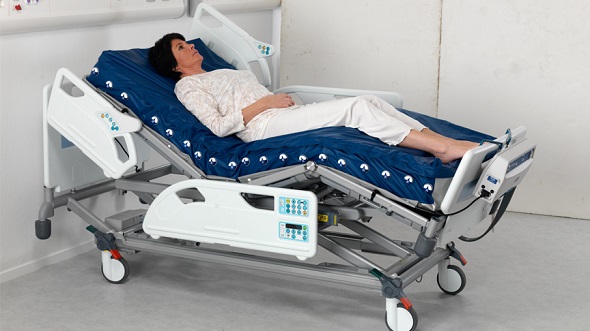Those that are confined to their beds for prolonged periods of time due to health reasons usually have a high risk of developing decubitus ulcers, which are more commonly known as bedsores or pressure ulcers. To prevent these already very painful ulcers from inflaming any further or becoming full-blown infected wounds, there are special items that cater specifically to bedridden patients which are collectively known as pressure area care equipment.
Without a doubt the best items out of the entire assortment of pressure area care equipment would have to be the pressure relief mattresses. These are the most popular out of these types of items, and for a good reason. While there are certainly also many overlays and cushions that can help immensely when it comes to helping relieve the pressure, they can’t quite match up to the comfort that these mattresses can provide. There are also two different types to choose from depending on the preference of the patient and their specific needs.

First off, there are the static mattresses that boast the reactive surface. What the reactive surface does is spread the patients weight over a large area at continuous low pressure. These mattresses can use gel, air, water and other different substances on their inside in order to accomplish this, but seeing as how the foam variety are the most widely applied and liked, I will mostly focus on them for this segment. The foam used in the construction of the mattress is designed to mould around the patient’s body and distribute their weight evenly in order to alleviate the pressure at the areas of the body where pressure ulcers are most likely to form.
Next, we have the alternating pressure mattresses. These beds are also known as air flow mattresses due to them basically being an interconnected series of air cells that are designed to inflate and deflate in order to move the user’s body at designated intervals. The idea is that the inflated cells support the patient’s body while the deflated ones take pressure off of the joints or any other area of the body. The air pump on which these beds run on then inflates the deflated cells and vice versa in order to ensure that the entire body experiences movement and areas of no pressure.
The choice between the two will boil down to the patient’s preference as both can provide a great many useful benefits for anyone, meaning that you can’t go wrong no matter which one you choose.
